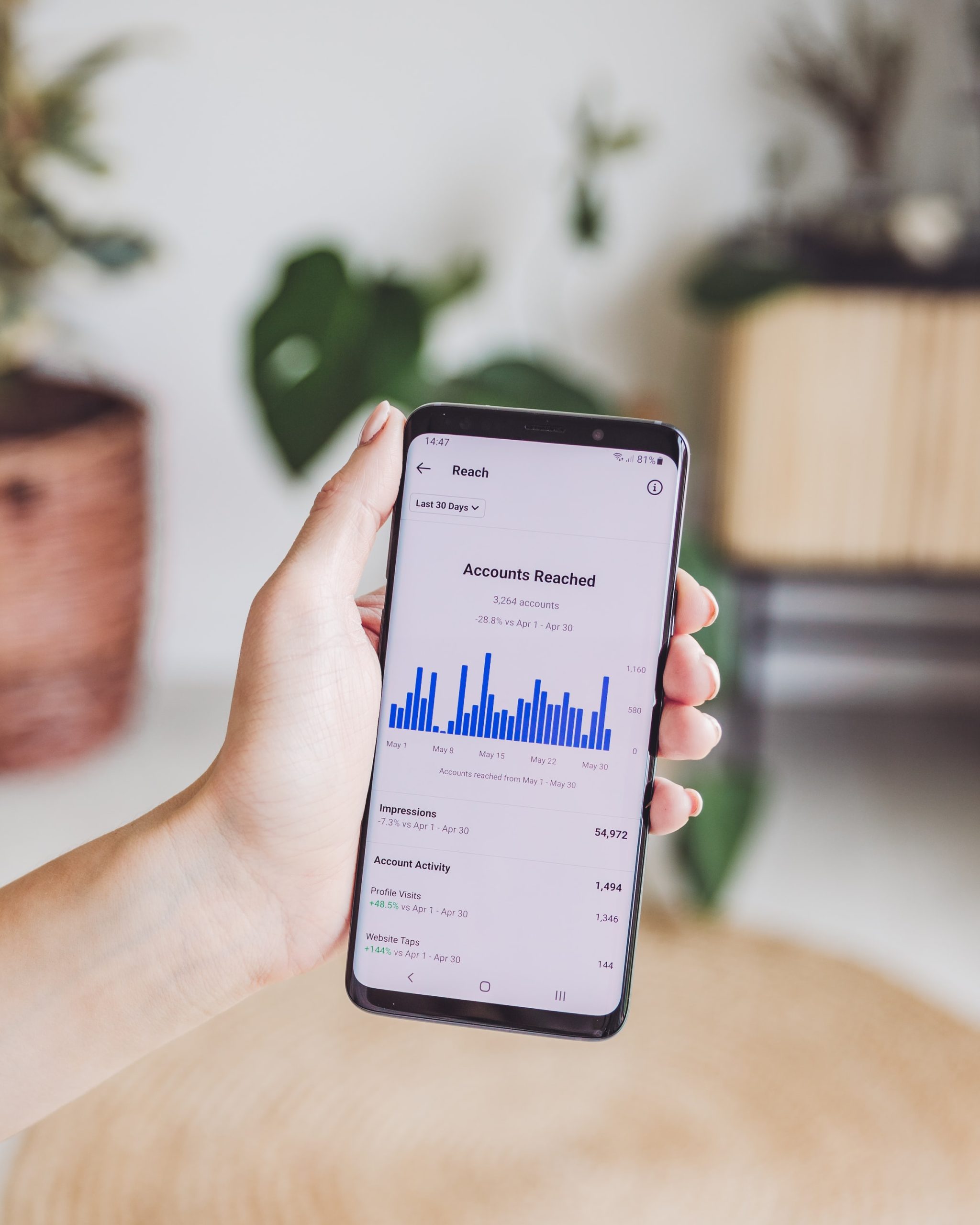Marketing as we know it now has changed over the last 10 years, and part of this is because of the advent of technology and social media. And there is no sign that this is slowing down any time soon, which is why marketers are constantly adapting to new technologies. In the first part of this blog series, we looked at some myths about digital marketing, and in the one will delve further into the matter.
Over the past 2 years or so, the digital marketing arena as we know it has changed drastically. Marketers rely on social media, paid advertising, SEO, content marketing, or even email marketing to gain new leads. Having said this, there is a lot of myth surrounding it out there, and we need to set things straight. So, without further ado, let’s dive further into this blog and learn about some of the most common myths about digital marketing.
#Myth 1- SEO can be fixed once and for all

Some marketers allocate a budget to SEO (Search Engine Optimization) for one quarter and then maintain it without changing their strategy for the following quarters. Others siphon off their SEM (Search Engine Marketing, Adwords) budget for a quarter to “do SEO” and then stop all efforts in that direction. It is wrong to think that SEO is a “one-shot” project or that it requires the same resources at regular intervals.
Search engine algorithms are constantly evolving. It is not enough to have a maintenance program like any other channel. It is important to work in cycles (testing and then adjusting the strategy) in order to determine the resources needed regularly. Therefore, SEO and brand content strategies should be revisited at least once a year to ensure their effectiveness.
#Myth 2- Negative comments on social networks are bad for business
This is a widely-reported argument, but it’s unfounded. Problems or concerns mentioned by consumers about a product or service should be faced head-on and seen as an excellent opportunity to educate them and show the competence of your customer service. There is no need to hide legitimate messages. It’s better to provide a thoughtful response and offer to call or email customer service for help.
Of course, it is imperative to ensure that someone internally tracks these complaints and prevents them from spreading. The more a company invests in its brand and establishes its presence on social networks, the more loyal consumers and ambassadors will come to its rescue and defend the brand against eternal dissatisfaction.
#Myth 3- SEM is bad for your brand image

Admittedly, paid search is not the best way to acquire new customers. If they haven’t heard of a brand, they won’t look for it. However, leveraging competing terms is allowed. Most importantly, SEO is crucial in maintaining the brand’s reputation. You can reinforce your brand’s message and overtake your competitors by dominating the search results related to your brand.
Moreover, the most popular keywords are not necessarily unaffordable. Indeed, when the marketing department is efficient, a company knows the people who have already visited its website. With retargeting, it is possible to buy popular keywords only for these users, who are usually quite familiar with the brand and therefore more likely to buy.
#Myth 4- Consumers don’t “convert” on mobile
A phone is not a computer screen! There is little chance that a consumer will complete a transaction or an account creation and fill out a multitude of fields on their smartphone. It is important to simplify the use of registration forms (especially in the B to B sector).
For example, an e-commerce site can ask mobile users to retrieve discount coupons that they will use on the brand’s website. Similarly, it is necessary to invest in mobile-only keywords that apply to phone calls. All this is an excellent way of saying that if customers don’t convert on their mobile… it’s not the phone’s fault!
#Myth 5- Social networks are at the beginning of the conversion funnel

Social networks are the most important acquisition and retention lever for many brands. This belief has persisted for many years. Today, thanks to significant advances in targeting, new ad formats, and data available on platforms such as Facebook and Twitter, it is possible to use social networks at the end of the conversion funnel.
These platforms allow you to reach the right person at the right time with the right message. Marketing managers who have previously relied on social media but failed to integrate it effectively at the end of the conversion funnel should reinvest in this channel. Or at least spend a small part of their budget to test it again.
Looking for help?
Do you want to step up your social media engagement and digital marketing needs? Then look no further than Linkeo ltd. Linkeo is the leader in website creation for SMEs (Small and Medium Enterprises), and they have over 20 years of experience in this business. They have created more than 40 000 websites for entrepreneurs just like you.
You know you can trust them to do a professional job in creating your specific website. So, what are you waiting for? Give them a call today and get started with a 3-month trial, and you have zero commitment after this. Make your dreams become a reality with their help.

